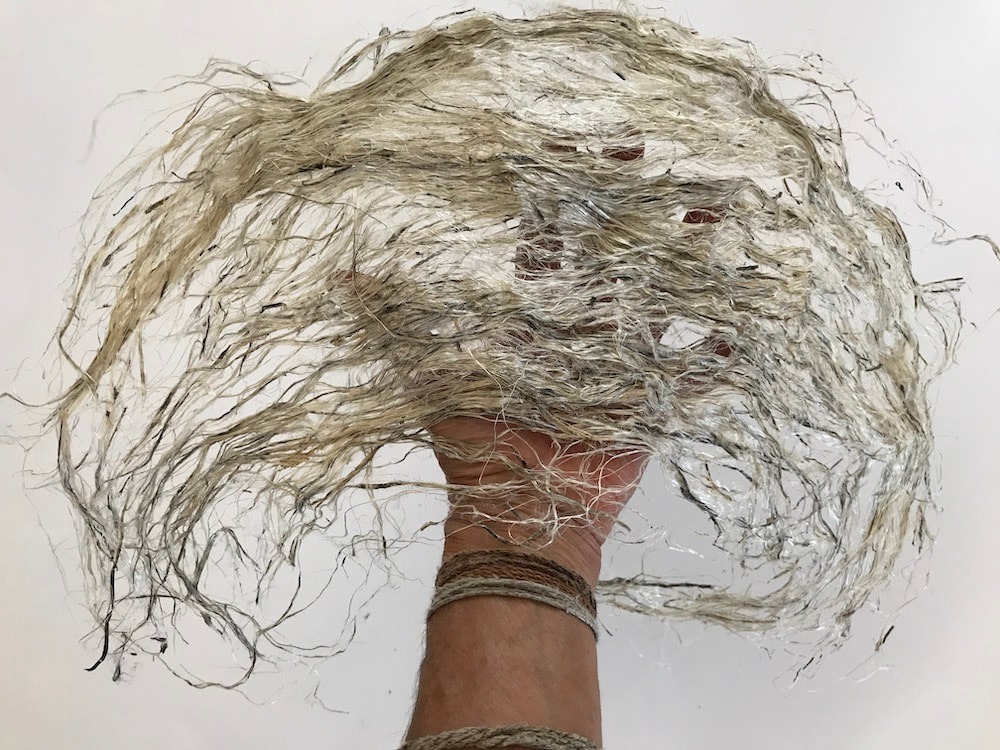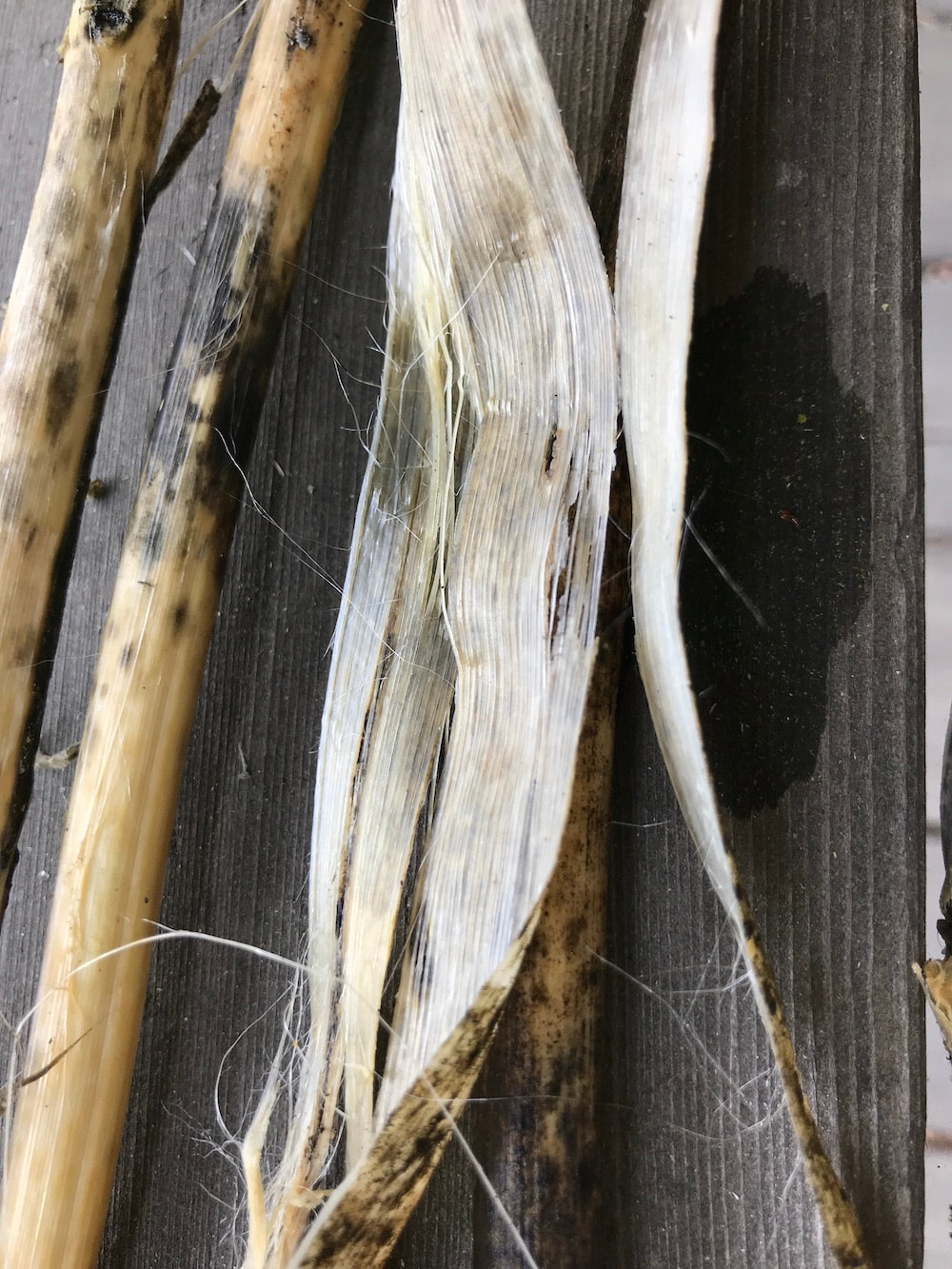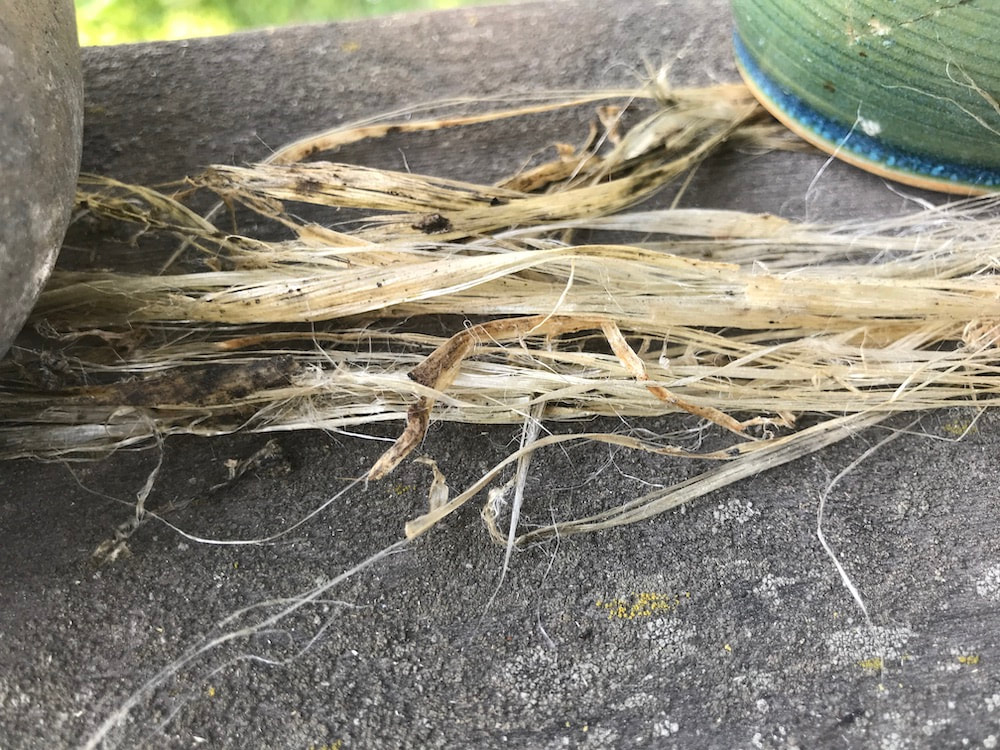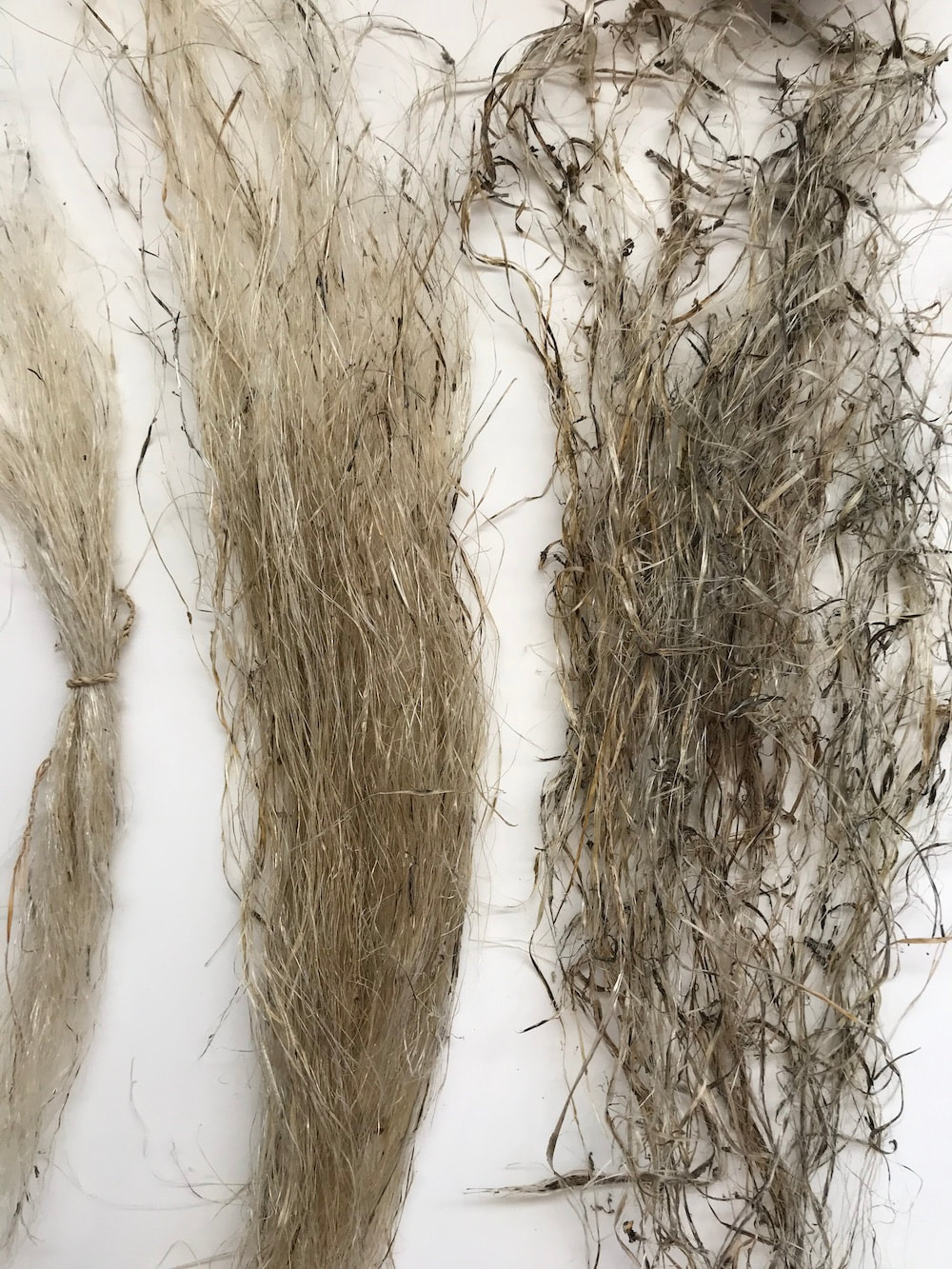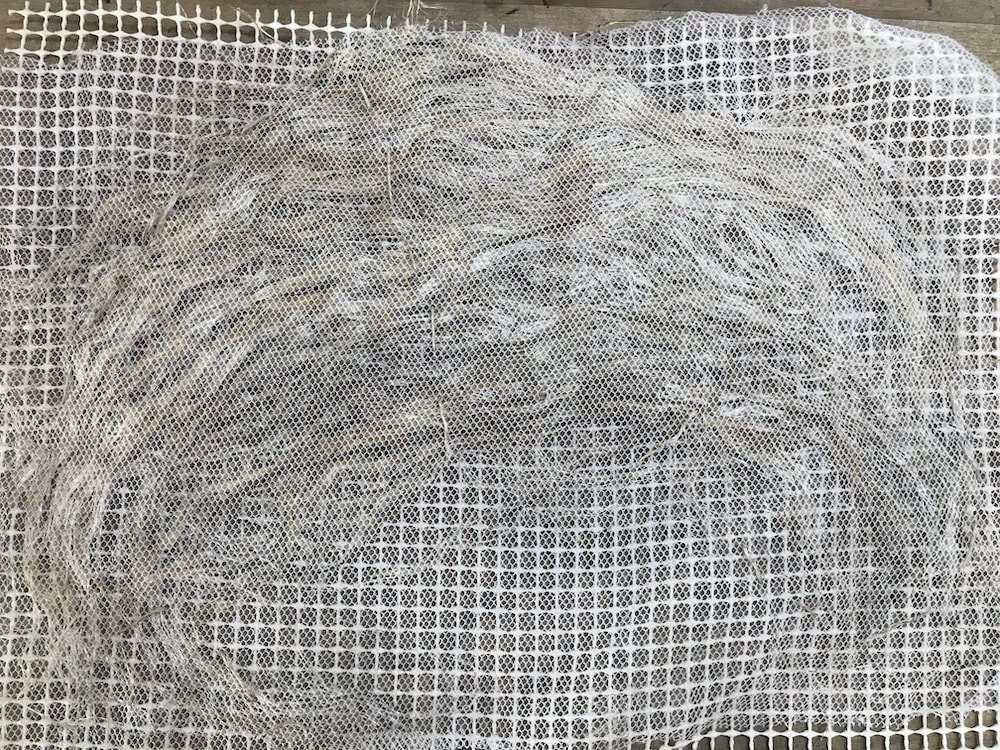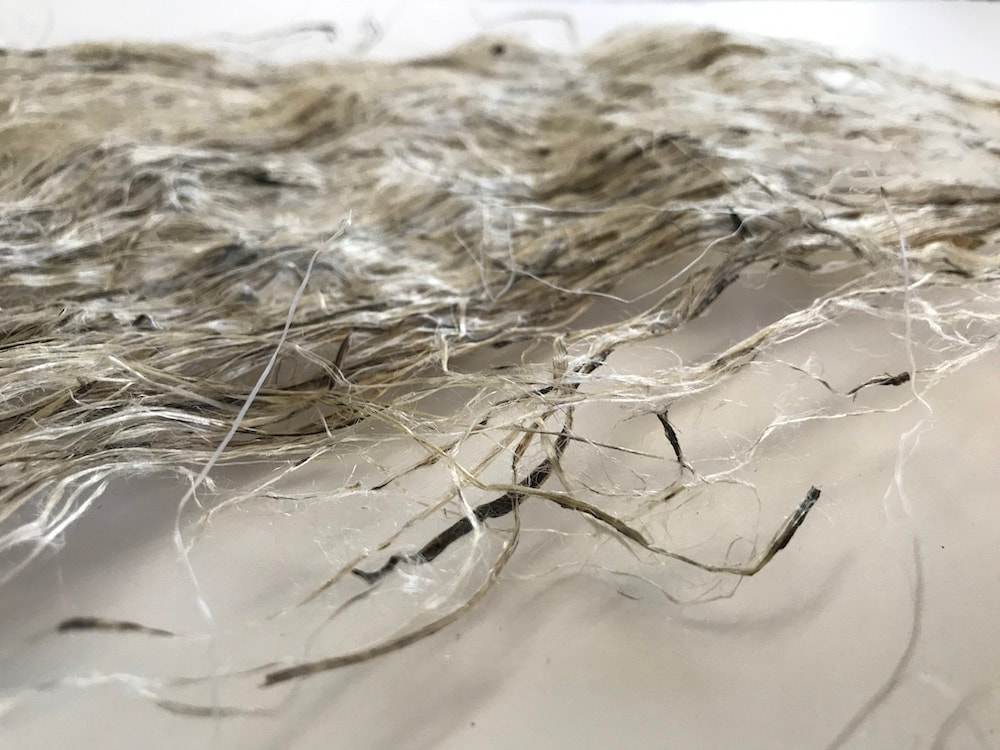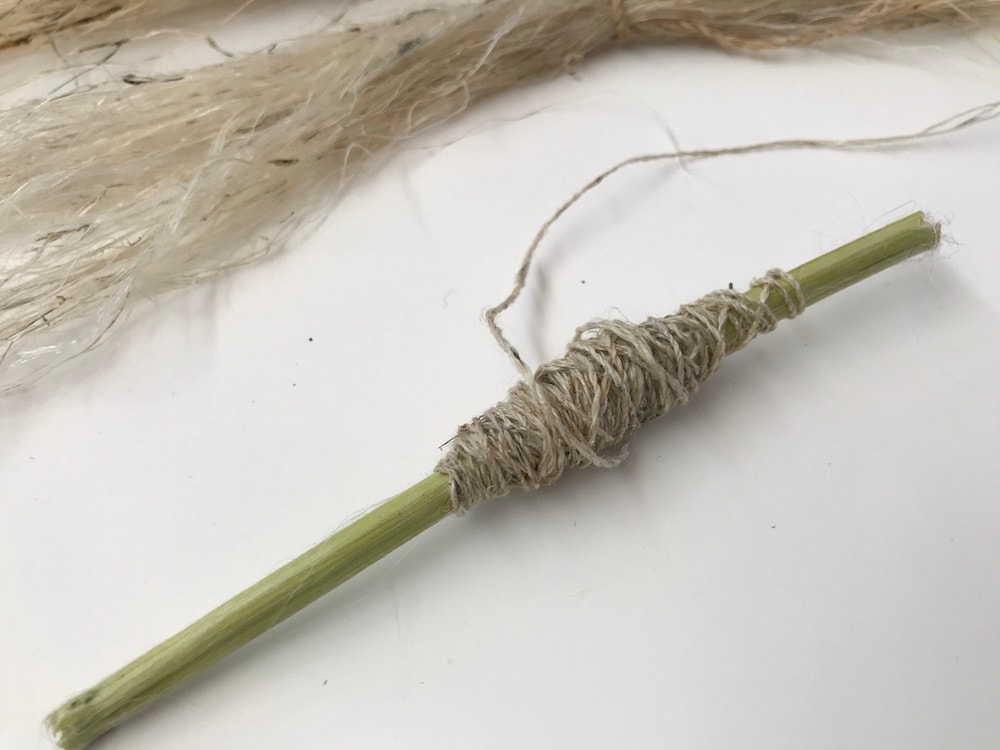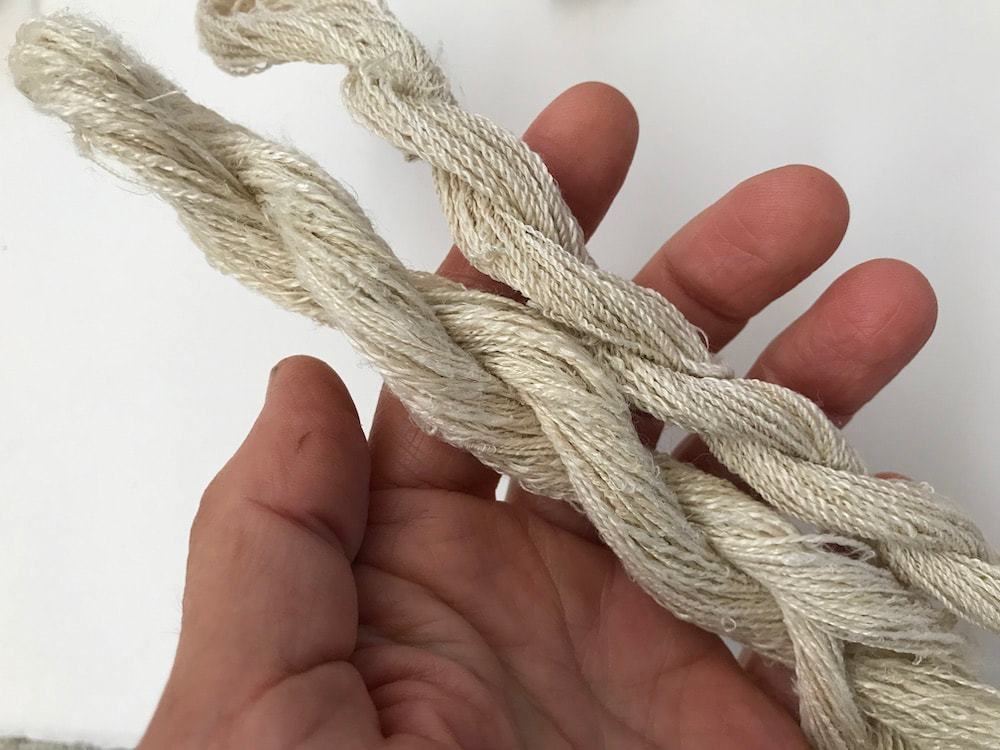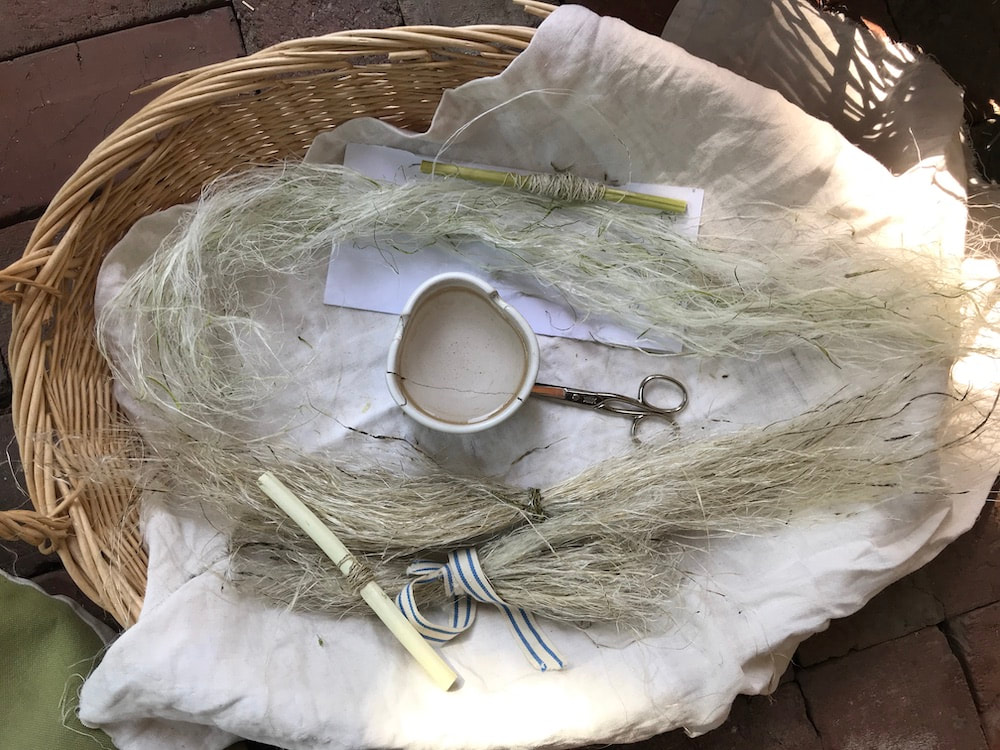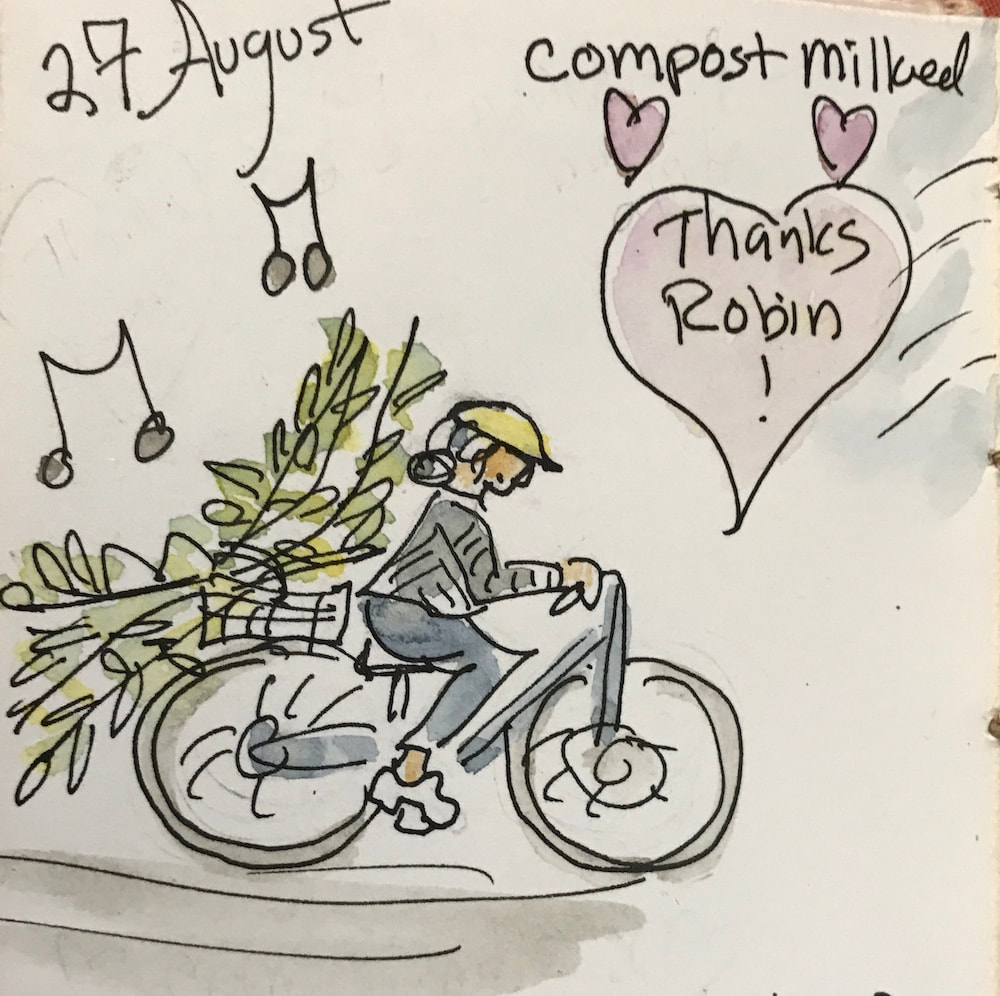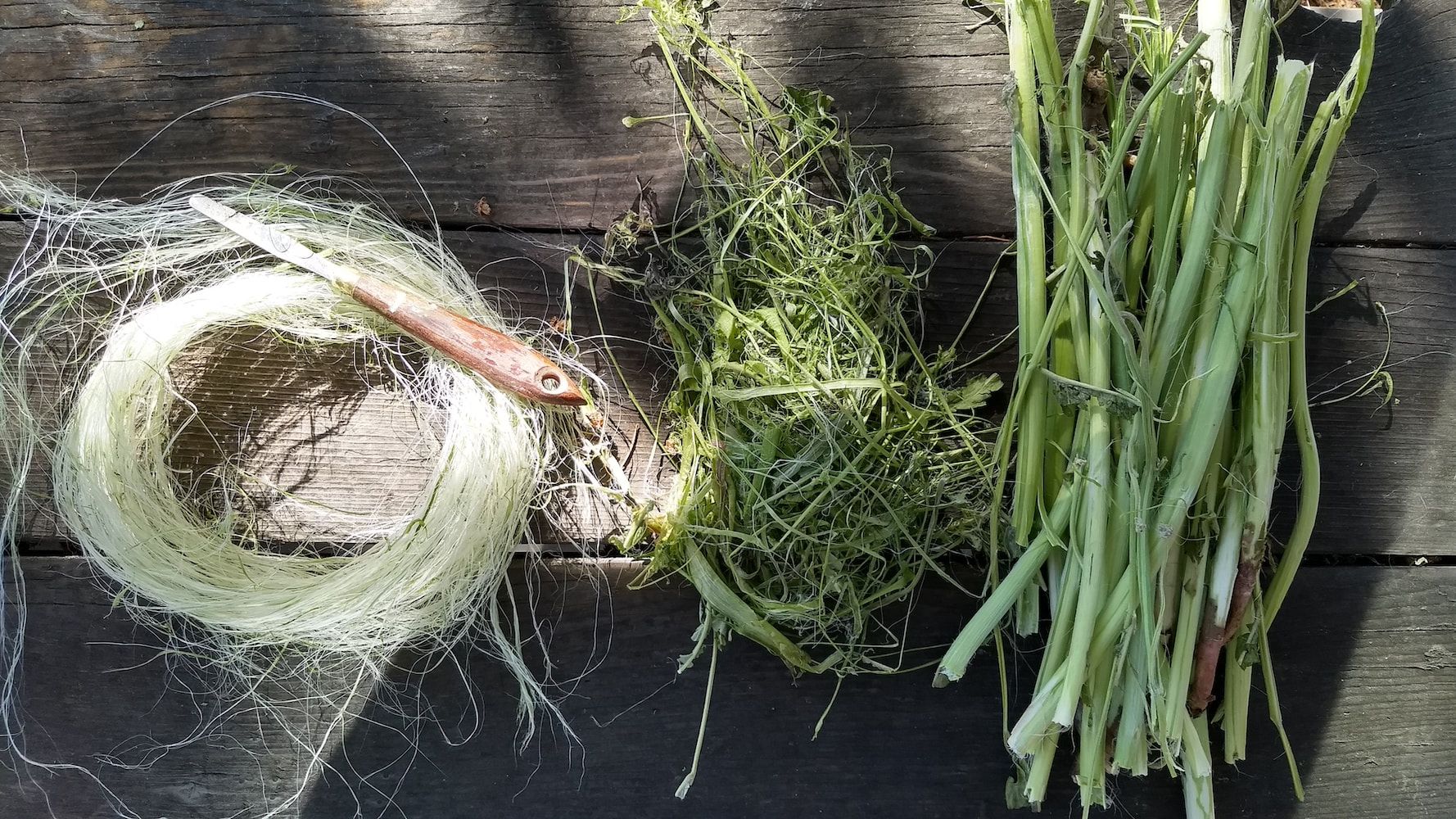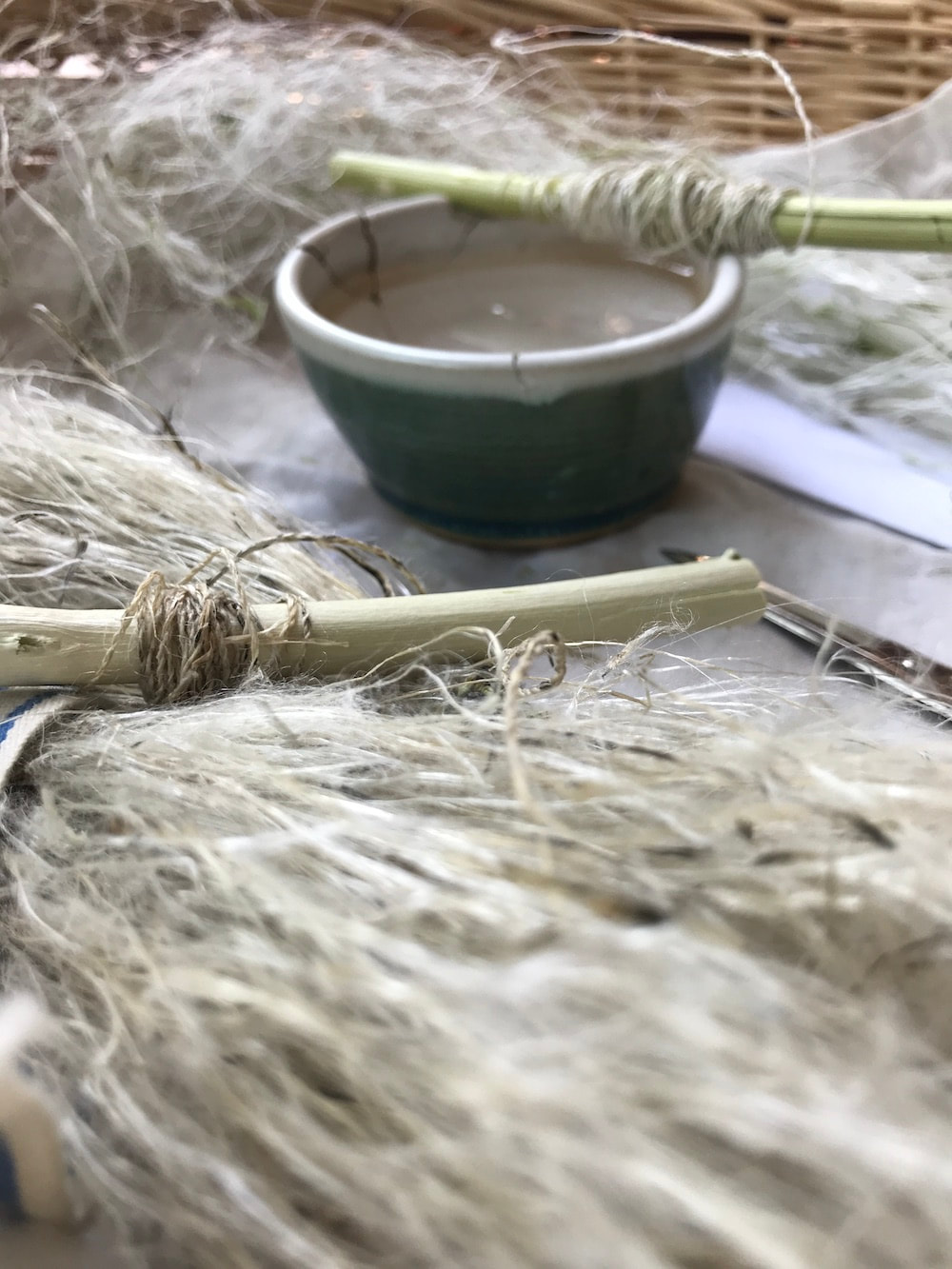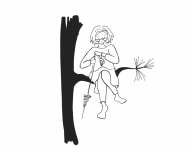we're continuing to have
a great time.
Though I still know so little
Indeed, though I can, apparently
describe a few actions:
"here we did this
and there we tried that"--
with a bit of what has happened so far--
though NONE of it,
I hasten to say,
is definitive),
to sum things up
are coming to naught.
if the approach we took on such and such a day
with a batch of last year's stalks
(very little of which I had time to process
back then when it was fresh)--
when I have slowed down still more
and had my prejudices exposed
yet again
by this toughly gentle plant?
having combed and re-combed
for consistency,
I documented the careful separation
of the fibers by length.
It seemed a good idea at the time,
for is't that how a person is supposed to learn--
documenting the evidence
for later perusal,
critique and summation?
And isn't it essential to
show my work?
with the batch of fresh stalks
I wrote about here and here
and though I didn't outline each step
my categorizing brain
had already decided
this was THE WAY TO DO IT.
You can see the resulting skeins
neatly laid out below
(and captioned!)
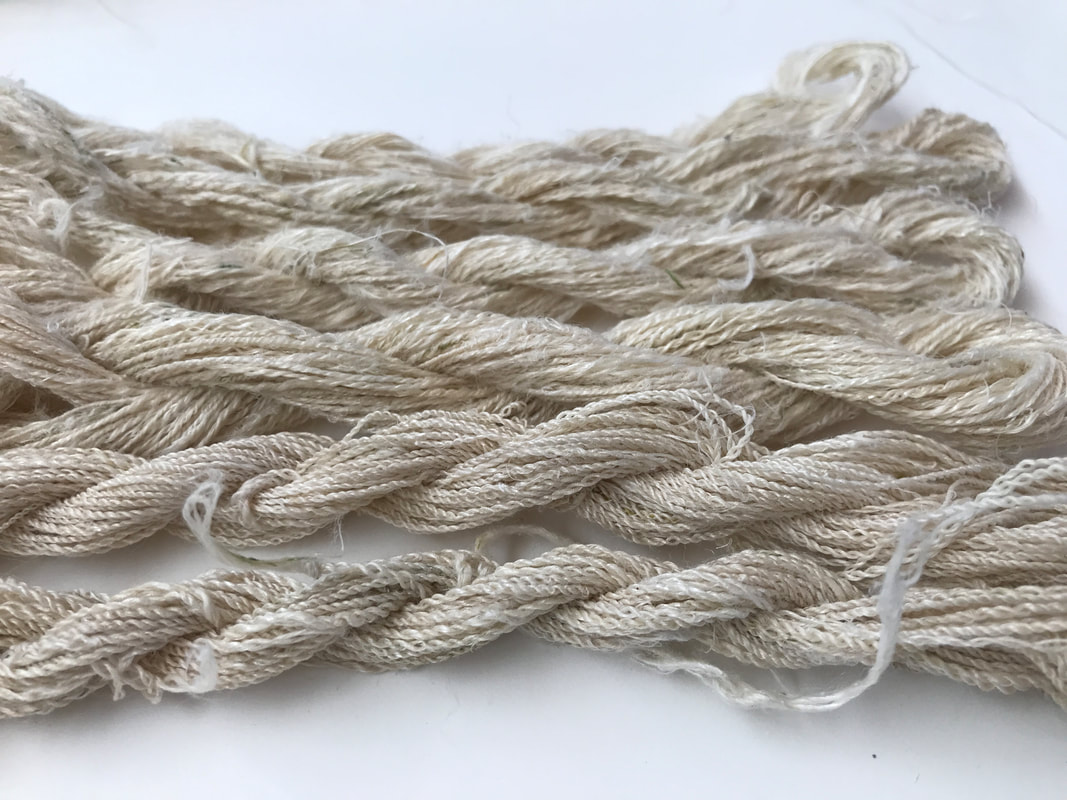
this life is not
an algebra exam.
There is no paper to write,
no quiz.
I'm not applying for a grant,
or, indeed, waiting for any power
to give their nod of approval
and tell me I am
(or am not)
doing viable work
in accordance with
some list of measurable criteria.
(I don't even have to worry
about my permanent record
that loathsome childhood school threat--
"time to tow the line
as everything, from now on,
goes on your permanent record."
Does anyone else remember that?)
Now that I think about it though,
the milkweed itself
may well be taking note.
How else could some processes
seem so utterly natural
and others -- just a little off?
The strands, however,
speak directly to my hands,
and neither uses words,
so they generally do their thing
without connecting
to the recording device in my brain--
it took me ages to notice
that "grading" the fiber by length
made me feel kind of icky--
to understand that I was using the ruler
as a kind of 'goodness measure,"
creating a hierarchy
where none needed to exist--
imposing my internalized beliefs
and accompanying judgements
about efficiency, control, and organization
onto a plant that will contentedly grow
by the side of a gravel road,
spaced as it wants to be spaced,
feeding butterflies
and producing amazing fiber---
all of which is useful.
that agriculture isn't a thing
unless the plants
are in rows.
At any rate,
and for whatever reason,
when I had the good fortune
to get another 7 or so
fresh stalks of Milkweed
from a friend's "garden waste pile,"
I decided to forgo the combing altogether.
are twisting into cordage just beautifully,
complimenting the longer pieces
to make the whole
even smoother than it was before.
when I'm done--
whenever that will be--
I've absolutely no idea.
I know for sure today
is that the more time I spend with this fiber
and the slower we go,
the longer I want this part
to last.
one or two (or four) more things to say:
1.
A lovely handmade book
about another milkweed relationship:
Poor (Wo)man's Asparagus
by Velma Bolyard
2.
The Nature of Things:
Essays of a Tapestry Weaver
by Tommye McClure Scanlin
will also be out this fall and though
I didn't realize it when listing books last week,
it is also available for pre-order from your favorite bookseller.
Wonderfully inviting essays on Tommye's design process and tapestry life.
3.
Nettle Fiber Resources
For those of you who have access to Nettles rather than milkweed
Allan Brown shares many resources here and here
and
Sally Pointer has several Nettle Videos. Here's one.
Of course nettles are not milkweed (as I keep finding out!),
any more than milkweed is flax,
though apparently, nettle can handle some flax-like techniques!
4.
And just because:
A marvelous blog by Tracy Hudson --
Thoughtful in all the ways I find satisfying
